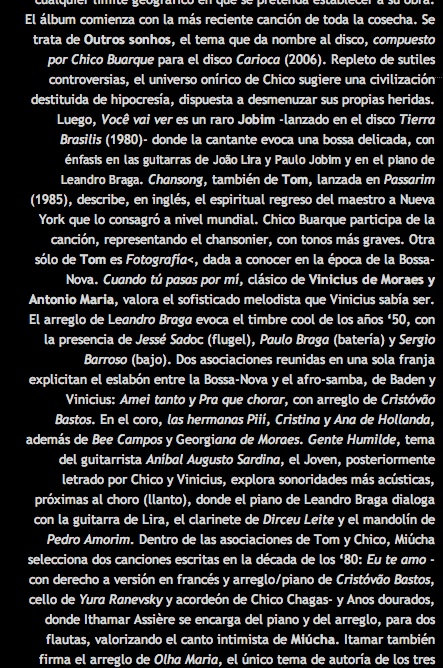


Augustus developed Capri he built temples, villas, aqueducts, and planted gardens so he could enjoy his private paradise. Modern excavations have shown that human presence on the island can be dated to the Neolithic and the Bronze Age. The emperor ordered these to be displayed in the garden of his main residence, the Sea Palace.Īt Capreae the monstrous bones of huge sea monsters and wild beasts, called the "bones of the giants," and the weapons of the heroes. Evidence of human settlement was discovered during the Roman era according to Suetonius, when the foundations for the villa of Augustus were being excavated, giant bones and 'weapons of stone' were discovered. The island has been inhabited since early times. The remains of Villa Jovis, built by emperor Tiberius and completed in AD 27 The chosen representatives then choose two mayors to govern with them. The voters of the island elect representatives for the two municipalities ( comuni) on the island. Capri consists of limestone and sandstone rock cliffs form much of the sides and surface of the island. Fossils of wild boars have been discovered, lending credence to the "kápros" etymology on the other hand, the Romans called Capri "goat island".įinally, there is also the possibility that the name derives from an Etruscan word for "rocky," though any historical Etruscan rule of the island is disputed. It could also derive from Latin capreae ( goats). The etymology of the name Capri is unclear it might be traced back to the Ancient Greek κάπρος kápros meaning " wild boar", as the Greeks, who were the first recorded colonists to populate the island, called it Kapreai (Καπρέαι).

The separate comune of Anacapri is located high on the hills to the west. The island has two harbours, Marina Piccola and Marina Grande (the main port of the island). The town of Capri is a comune and the island's main population centre. Some of the main features of the island include the Marina Piccola (the little harbour), the Belvedere of Tragara (a high panoramic promenade lined with villas), the limestone crags called sea stacks that project above the sea (the faraglioni), the town of Anacapri, the Blue Grotto ( Grotta Azzurra), the ruins of the Imperial Roman villas, and the vistas of various towns surrounding the Island of Capri including Positano, Amalfi, Ravello, Sorrento, Nerano, and Naples.Ĭapri is part of the region of Campania, Metropolitan City of Naples. It has been a resort since the time of the Roman Republic. The main town Capri that is located on the island shares the name. Capri ( / k ə ˈ p r iː/ kə- PREE, US also / ˈ k ɑː p r i, ˈ k æ p-/ KA(H)P-ree Italian: Neapolitan: ) is an island located in the Tyrrhenian Sea off the Sorrento Peninsula, on the south side of the Gulf of Naples in the Campania region of Italy.


 0 kommentar(er)
0 kommentar(er)
